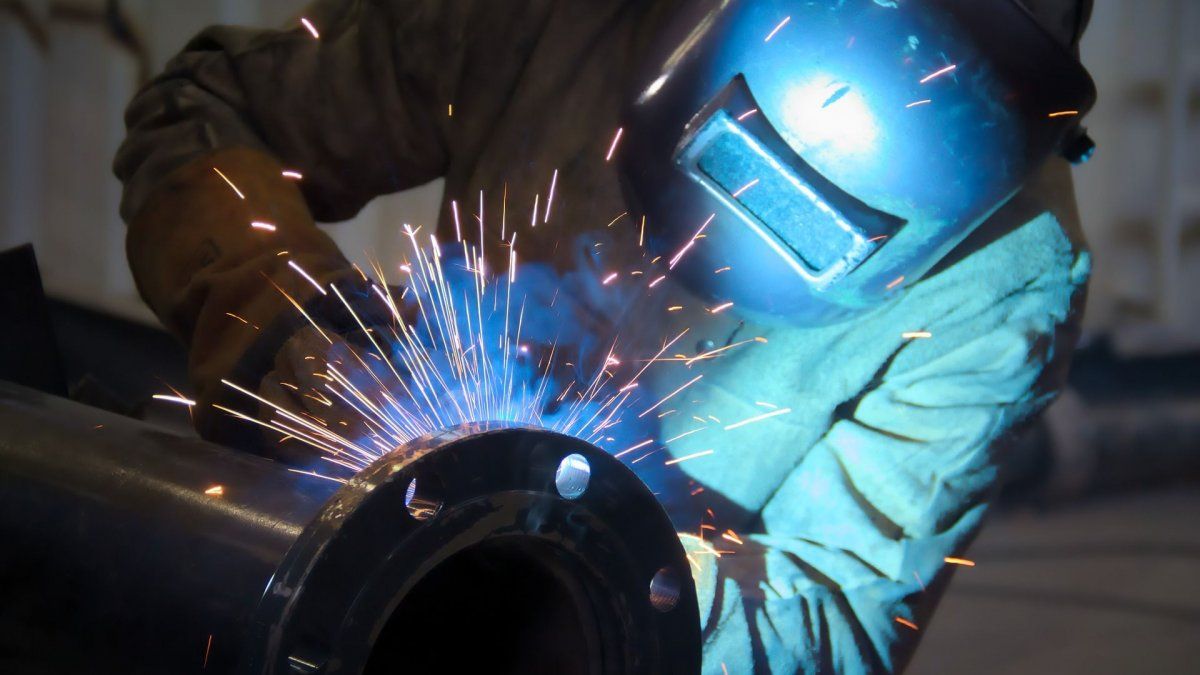The metallurgical industry recorded another decline in November, marking a drop of 4.2% compared to the same period of the previous year. This decline represents the sixth consecutive drop in year-on-year terms throughout the year. Likewise, when comparing this data with October 2023, an additional contraction of 0.2% is revealed.
In the accumulated of the year, metallurgical activity has remained in negative territory, presenting a cumulative variation of 3.5%. The information comes from a report prepared by the economic area of the Metallurgical Industry Association of the Argentine Republic (ADMIRA), which maintains that projections for December anticipate another contraction in the range of 3.5% to 4.5%.
In this way, the fall of Argentine metallurgical activity in November 2023 reflects the slowdown in the overall economy.
The factors that explain this drop:
- The drought, which has affected agricultural production and, therefore, the demand for agricultural machinery.
- The problems linked to foreign trade, which have affected exports of auto parts and foundry.
- Macroeconomic uncertainty, which has affected investment and domestic demand.
- The fall in metallurgical activity has a negative impact on the Argentine economy, since it is an important sector in terms of employment, exports and industrial production.
This negative trend has been reflected in almost all metallurgical sectors, with the exception of companies dedicated to Medical Equipment and Electrical Equipment. On the other hand, sectors linked to the agricultural value chain have suffered sharp declines in production, including Agricultural Machinery and Bodywork, trailers and semi-trailers, according to the ADMIRA document.
In terms of installed capacity utilization (UCI), November saw a decrease, reaching around 55.0%. This represents a decrease of 4.8 percentage points compared to the same month of the previous year.. The annual average stands at 55.1%, reflecting a decrease of 2.5 percentage points compared to the average for 2022.
The level of employment has shown a slight variation of 0.2% compared to the same month of the previous year. Despite remaining relatively stable since 2022, a slowdown in job growth is evident towards the end of that year.
In the breakdown of employment by percentage of companies, it stands out that during November 2023, 32.5% of companies increased their employee workforce, while 30.8% did not register changes, the association warns.
Metallurgical activity: sector by sector
At the sector level, only two sectors experienced an increase in their production levels during November: Medical Equipment (0.9%) and Electrical Equipment and Appliances (0.7%). In contrast, the Agricultural Machinery sector (-15.3%) continues to be affected by drought, accumulating more than a year of decreases in production. The Bodywork and Trailers sector (-6.9%) has also experienced a drop in production during the same period.
Other sectors, such as Auto Parts (-5.1%) and Foundry (-5.1%), continue to deepen their declines in production, influenced by problems associated with the automotive value chain and restrictions on foreign trade.
Finally, the outlook for future production they are still negative, although with a slight improvement in November. Expectations have become increasingly pessimistic since the end of 2022, due to the tightening of restrictions on the import of inputs and the current macroeconomic context.
In conclusion, metal companies face significant challenges, with negative expectations in internal and external demand and in the import of inputs. In addition, an increase in the need for financing is expected through credits to sustain productive activitiesevidencing a challenging outlook for the sector in the coming months.
Source: Ambito




